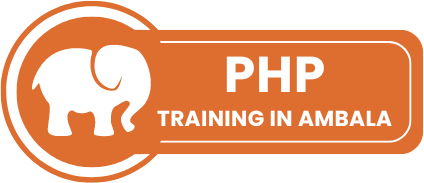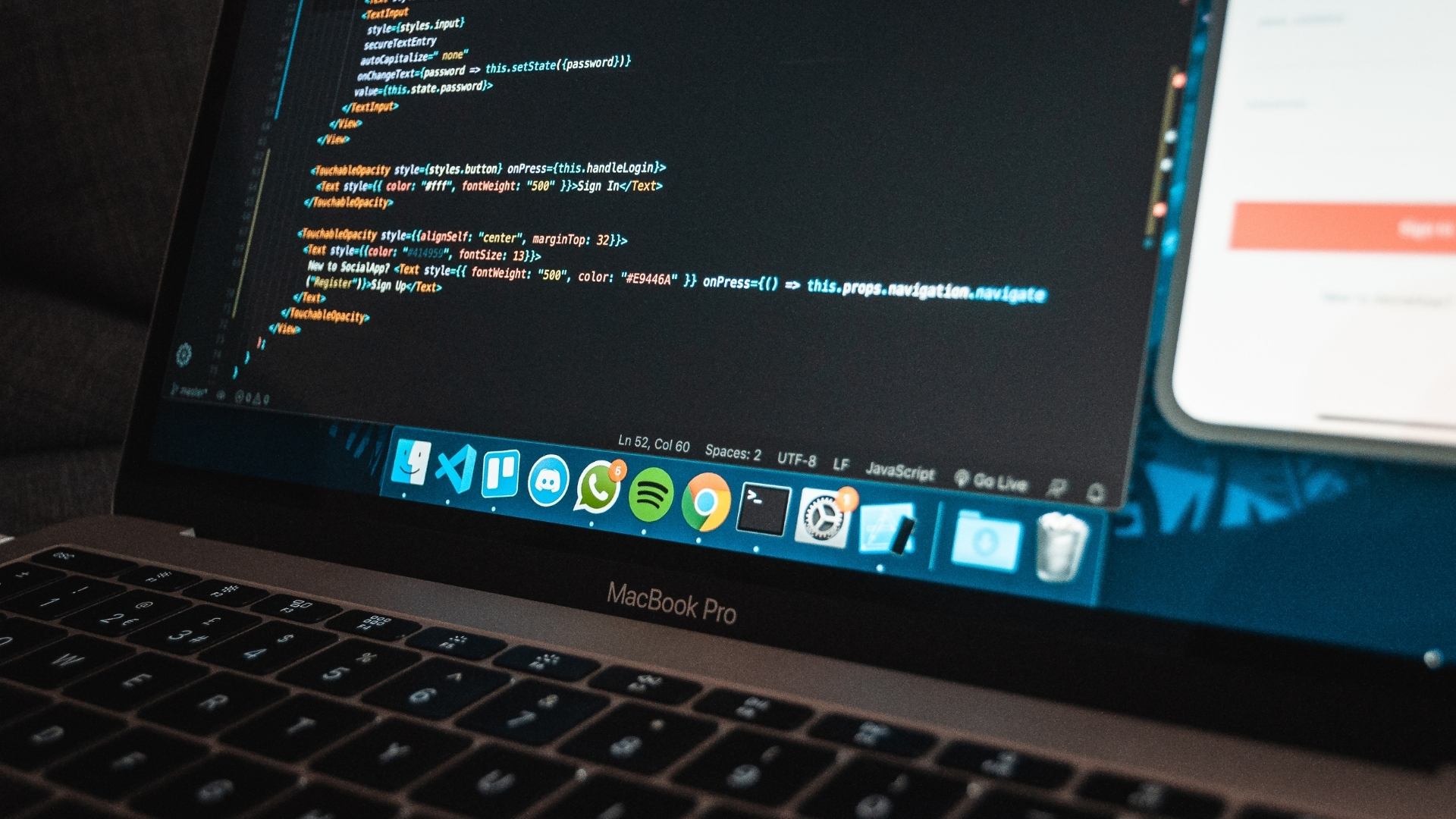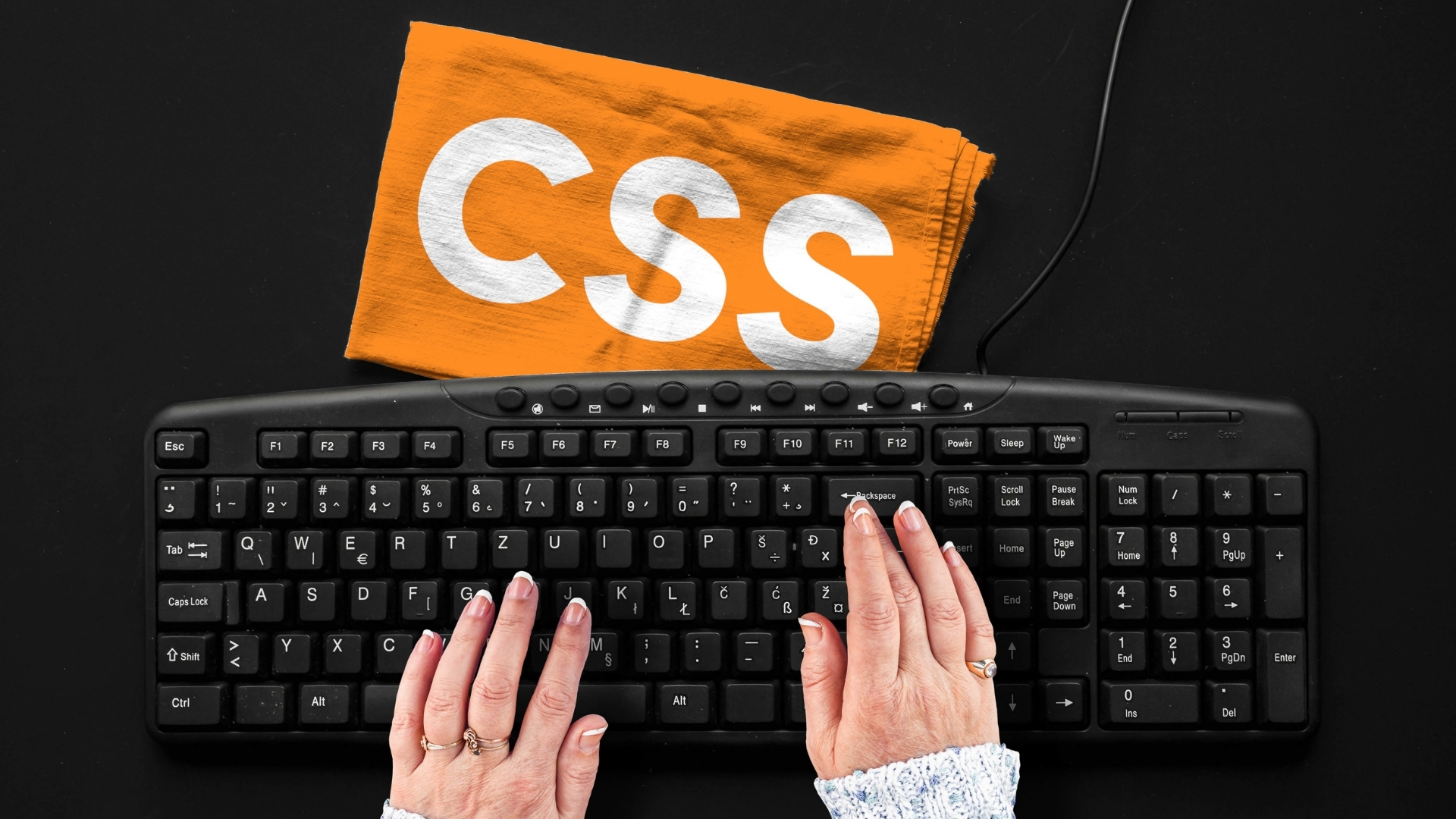Now that you know what CSS is and why it’s used, the next step is to learn how to apply CSS to your HTML pages. There are different ways to use CSS, but the most common and efficient methods are internal CSS and external CSS. In this post, we’ll explain both methods in simple terms, including when and why to use each one.
What is Internal CSS?
Internal CSS means writing your CSS rules inside the HTML file itself, within a special <style> tag placed in the <head> section.
This method is useful when:
- You want to apply styles to a single page.
- You are building small projects or learning.
Advantages:
- Easy to use and test in small files.
- Keeps HTML and CSS in one file.
Disadvantages:
- Not ideal for large websites.
- Hard to reuse styles on other pages.
What is External CSS?
External CSS means writing all your CSS rules in a separate file (with a .css extension), then linking that file to your HTML using a <link> tag in the <head> section.
This method is best when:
- You are building multi-page websites.
- You want to keep your code clean and organized.
Advantages:
- Styles can be reused across multiple pages.
- HTML stays cleaner and easier to manage.
- Makes teamwork and project scaling easier.
Disadvantages:
- Requires an extra file.
- Page may load slightly slower if the CSS file is large.
When to Use Internal vs. External CSS
| Use Case | Recommended Method |
| Small, single-page websites | Internal CSS |
| Learning and testing quickly | Internal CSS |
| Large or multi-page projects | External CSS |
| Reusing the same styles across many pages | External CSS |
Both internal and external CSS are useful, and knowing when to use them is an important skill for every web developer. For learning and practice, internal CSS works well. But for real-world websites, external CSS is the professional and scalable choice.
In the next post, we will take things a step further and start styling actual HTML elements like headings, paragraphs, images, and buttons using CSS.









